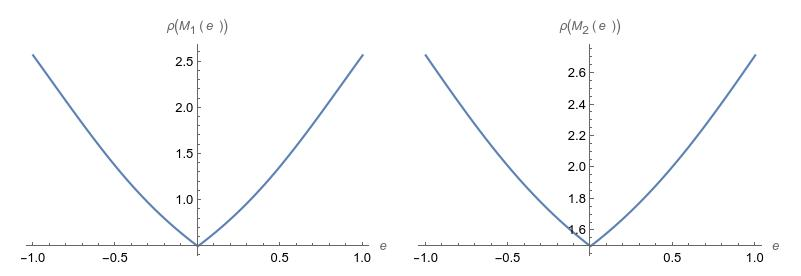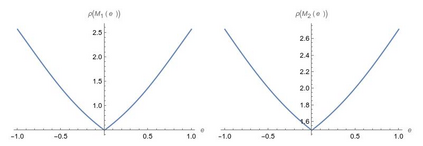Graphical continuous Lyapunov models offer a new perspective on modeling causally interpretable dependence structure in multivariate data by treating each independent observation as a one-time cross-sectional snapshot of a temporal process. Specifically, the models assume that the observations are cross-sections of independent multivariate Ornstein-Uhlenbeck processes in equilibrium. The Gaussian equilibrium exists under a stability assumption on the drift matrix, and the equilibrium covariance matrix is determined by the continuous Lyapunov equation. Each graphical continuous Lyapunov model assumes the drift matrix to be sparse, with a support determined by a directed graph. A natural approach to model selection in this setting is to use an $\ell_1$-regularization technique that, based on a given sample covariance matrix, seeks to find a sparse approximate solution to the Lyapunov equation. We study the model selection properties of the resulting lasso technique to arrive at a consistency result. Our detailed analysis reveals that the involved irrepresentability condition is surprisingly difficult to satisfy. While this may prevent asymptotic consistency in model selection, our numerical experiments indicate that even if the theoretical requirements for consistency are not met, the lasso approach is able to recover relevant structure of the drift matrix and is robust to aspects of model misspecification.
翻译:暂无翻译






